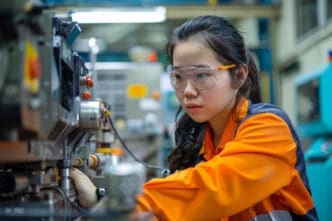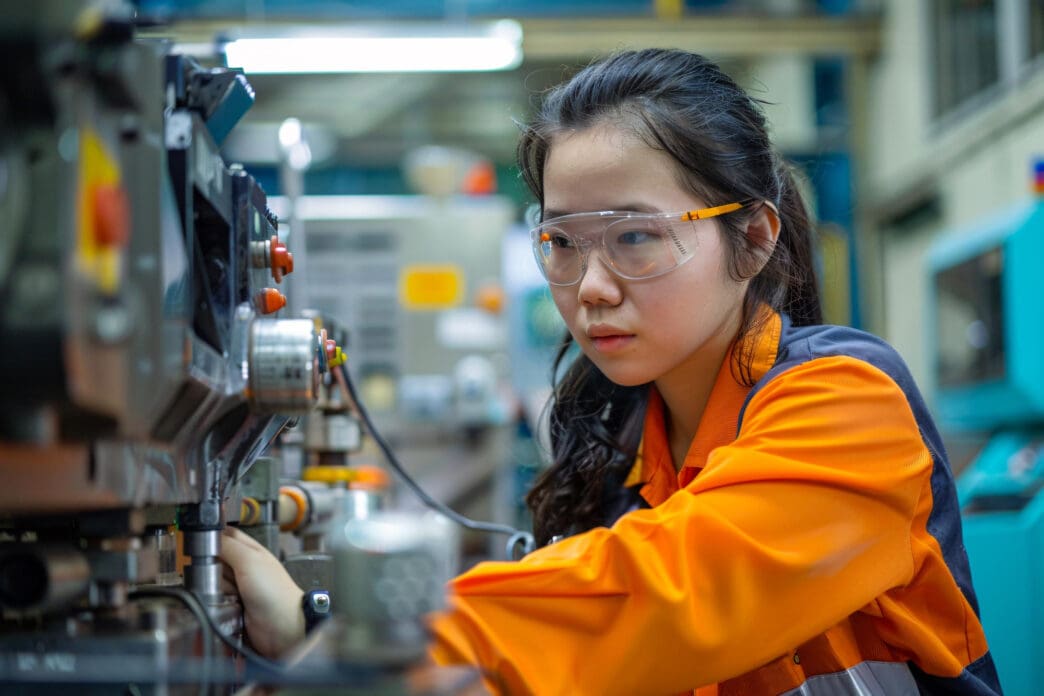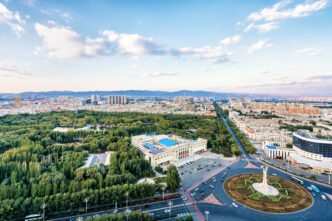Executive Summary
The Story So Far
Why This Matters
Who Thinks What?
Factory activity in most major Asian economies, including Japan, Taiwan, and China, contracted in September. This downturn is attributed to a slowdown in U.S. growth, the impact of President Donald Trump’s tariffs, and persistent weak demand from China, signaling significant challenges for export-reliant nations.
Asian Manufacturing Faces Headwinds
The contraction in manufacturing underscores the difficulties Asian policymakers face in shielding their export-driven economies from increased U.S. levies. This key policy of the Trump administration has disrupted global trade and slowed economic expansion.
Export powerhouse Japan saw its manufacturing purchasing managers’ index (PMI) fall to 48.5 in September from 49.7 in August. This indicated the fastest contraction in six months, driven by steep declines in output and new orders, according to the S&P Global survey.
Taiwan’s manufacturing PMI also decreased to 46.8 last month from 47.4 in August. Factory activity similarly shrank in the Philippines and Malaysia, according to private surveys.
China’s Enduring Slump
China, a vital engine of the global economy, continued to experience a downturn. An official survey released earlier in the week showed that manufacturing activity in the world’s second-largest economy contracted for a sixth consecutive month in September, hampered by weak consumption and the pressure from U.S. tariffs.
This prolonged slump highlights the dual pressures on China’s economy. Domestic demand has not fully recovered since the pandemic, while President Trump’s tariffs have impacted both Chinese factories and international firms sourcing components from the country.
Economist Outlook
Shivaan Tandon, an emerging markets economist at Capital Economics, noted that September PMI readings for most Asian countries remained weak, anticipating continued struggles for the region’s manufacturing sector in the near term. Annabel Fiddes, Economics Associate Director at S&P Global Market Intelligence, added that without improved demand, Japan’s sector would likely see little growth.
Economists anticipate that with growth set to soften and inflation likely to remain contained, central banks in Asia are expected to consider further loosening monetary policy.
South Korea’s Nuanced Performance
In contrast, South Korea’s factory activity expanded for the first time in eight months in September, supported by improving overseas demand. Its manufacturing PMI, released by S&P Global, rose to 50.7 in September from 48.3 in August, crossing the 50-mark for the first time since January 2025.
However, the outlook for South Korean exporters remains contingent on ongoing negotiations to formalize a July deal. This agreement aims to reduce U.S. tariffs on Korean imports, including automobiles, from 25% to 15%, in exchange for South Korea’s $350 billion investment in the U.S., though talks have stalled over foreign exchange implications.
Key Takeaways
The widespread contraction in Asian factory activity, largely driven by external trade dynamics and internal demand issues, presents a complex landscape for regional economies. Policymakers are expected to consider further monetary loosening to mitigate these economic headwinds, as growth softens and inflation remains contained.








